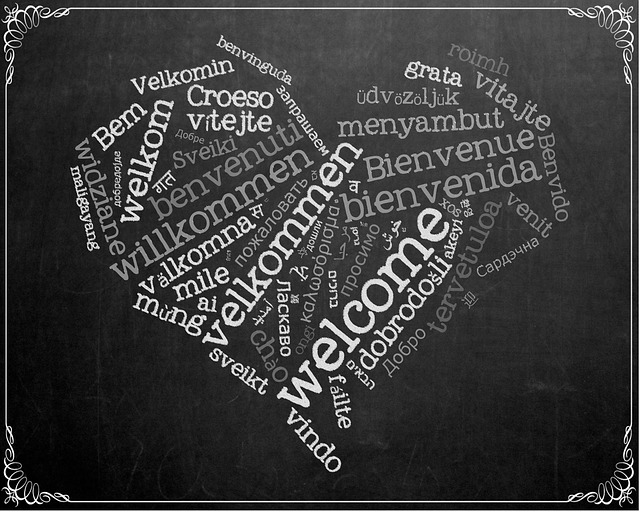Translation challenges – working as a translator is a beautiful, but demanding profession. Even after years of practice, translators still face some common challenges.
Here are some of the translation challenges specialists face as they try to create accurate content for you:
1. Figurative language is one of the biggest translation challenges out there
A good translator is also a good reader by definition. Even so, sometimes the text proves to be demanding when it comes to understanding its meaning because the author uses many figures of speech.
This is not only the case of literary translations. Marketing content, which is essential for businesses that use multilingual websites, can also be pretty difficult to understand if you are not familiarized with the cultural background of the people who speak the language you translate in.
2. The author’s attitude
A good translator has to understand the author’s perspective. Especially in literature or journalism, the writer has a personal approach.
This means that translators have to be able to understand and render even the slightest traces of sarcasm or irony. As you can well imagine, this is pretty difficult and doesn’t only require good grammar and vocabulary skills, but creativity as well.
3. Terms with multiple meanings
Everybody who has struggled with learning a new language has stumbled upon words with multiple meanings … literally meaning words which have more than one meaning.
This is one of the top translation challenges because using the wrong meaning can ruin a phrase or make it seem absolutely ludicrous.
4. Words that don’t have an equivalent
This is indeed a very common challenge faced by translation specialists all around the world.
There are cases when a word has no equivalent in the target language. This usually happens in legal documents because of the different legislation or in technical texts where many key terms only have an English version.
Whenever such a word must be translated in the target language, the only option is to come up with a phrase which can describe the meaning and function of that particular „non-existing term”.
5. The structure of the phrase
In each language, the phrase has a certain structure or word order. For example, in English you put the subject at the beginning of the phrase before the verb and after the verb you have the object.
Now imagine what happens if you apply this pattern to the other languages that obey totally different rules. In time, switching from one structure to the other while translating a text comes naturally.
Nevertheless, there are still situations when a long, intricate phrase poses translation challenges even for an experienced person.
6. Idiomatic expressions
For native speakers, there is no problem when it comes to understanding and using certain phrases that have a meaning only when used together in a particular context.
For translators, this is not a „piece of cake”. No matter how skilled they are and how good their vocabulary knowledge is, they can still find idioms they had never heard before. This is when they will use their most reliable tool, the dictionary.
Despite all these obstacles, being able to translate from one language into another is a great ability. Nevertheless, translators have to be defined by certain skills in order to provide you with high quality content.
This is exactly what our team does, so if you need a quality translation, email us today and we’ll send you a free translation quote.
